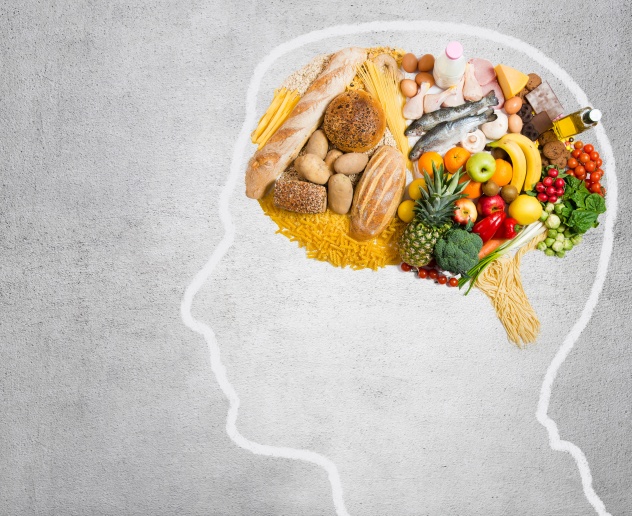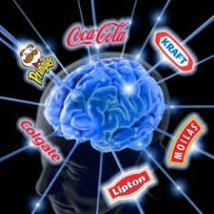superfoods you must include in your diet to boost your brain:
Wild salmon: are rich in omega-3 essential fatty acids, which are essential for brain function
Crab: One serving of crab contains more than your entire daily requirement of phenylalanine, an amino acid that helps make the neurotransmitter dopamine, brain-stimulating adrenaline and noradrenaline and thyroid hormone, and may help fight Parkinson’s disease. Crab is also an excellent source of brain-boosting vitamin B12.
Chicken Giblets or Clams: are a great sources of vitamin B12, which is crucial for brain health. Just a cup of giblets provides 228% of your recommended daily dose of B12. They also contain zinc and iron, which have been associated with the brain’s ability to stay focused and recall information.
Coffee: A cup or two of coffee could boost the brain’s ability to store long-term memories and also reduces the risk for Alzheimer’s disease.
Nuts and seed: are good sources of vitamin E that protect neurons and nerve cells. Higher levels of vitamin E correspond with less cognitive decline as you get older.
Whole grains: Whole grains, such as oatmeal, whole-grain breads, and brown rice can reduce the risk for heart disease. Every organ in the body is dependent on blood flow and if you promote cardiovascular health, you’re promoting good flow to the organ system, which includes the brain
Chickpeas: are one of the best food sources of magnesium (aside from kelp and green leafy vegetables). Magnesium benefits brain cell receptors to speed the transmission of messages, while also relaxing blood vessels, which allows more blood flow to the brain.
Tomatoes: lycopene, a powerful antioxidant found in tomatoes, could help protect against the kind of free radical damage to cells which occurs in the development of dementia, particularly Alzheimer’s
Broccoli and cauliflower: A great source of vitamin K, which is known to enhance cognitive function and improve brainpower. Broccoli and cauliflower are good sources of choline. Choline intake may boost cognitive function, improve learning and memory, and even diminish age-related memory decline and your brain’s vulnerability to toxins during childhood, as well as conferring protection later in life.
Sage: has long had a reputation for improving memory and although most studies focus on sage as an essential oil, it could be worth adding fresh sage to your diet too
Celery: a rich source of luteolin, a plant compounds that may calm inflammation in your brain, which is a primary cause of neurodegeneration. Luteolin has also been linked with lower rates of age-related memory loss in mice. In addition to celery, peppers and carrots are also good sources of luteolin.
Beets: boost your brainpower. Natural nitrates found in beets (as well as cabbages and radishes) can actually increase blood flow to the brain, thereby improving mental performance.
Avocados: it’s a monounsaturated fat, which contributes to healthy blood flow “healthy blood flow means a healthy brain”. Avocados also lower blood pressure, and as hypertension is a risk factor for the decline in cognitive abilities, a lower blood pressure should promote brain health. Avocado also contains vitamin E.
Garlic: Fresh garlic is best as it has properties which reduce bad cholesterol and fights bacteria because of the antioxidant content.
Vegetable Juice: Vegetables provide all the vitamins and antioxidants our hearts and brains need. Juiced vegetables are a convenient and delicious way to get all those vital nutrients.
Blueberries: help protect the brain from oxidative stress and may reduce the effects of age-related conditions such as Alzheimer’s disease or dementia.
Pomegranates: As good as blueberries, pomegranates are rich in antioxidants. Rather than waste all the fibers present, it is better eaten in the fruit form rather than as a juice. Pomegranates are great stress busters.
Elderberries: are packed with quercetin, a flavonoid that’s critical to your brain’s health. Like blueberries and strawberries, the flavonoids found in elderberries help reduce harmful inflammation at a cellular level. Additionally, quercetin increases the activity of your cells’ mitochondria, which you can think of as the “powerhouses” within each of your cells. By boosting your mitochondrial activity, you’ll boost your overall energy level, too.
Red wine: moderate amounts of red wine and other types of alcohol may be at reduced risk for Alzheimer’s disease
Curry: Contains turmeric, a spice that in turn contains the anti-inflammatory antioxidant curcumin that may help inhibit the accumulation of destructive beta amyloids in the brain of Alzheimer’s patients, as well as break up existing plaques. Curcumin has even been shown to boost memory and stimulate the production of new brain cells.











